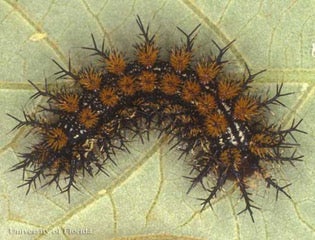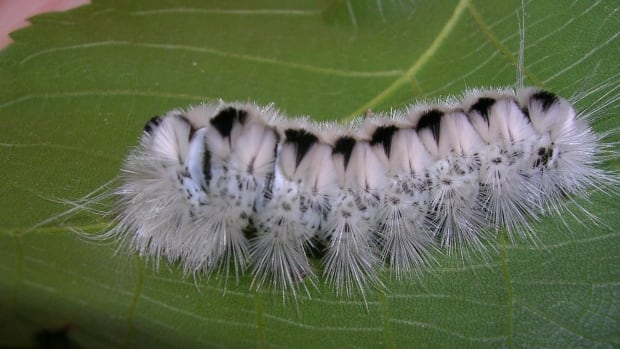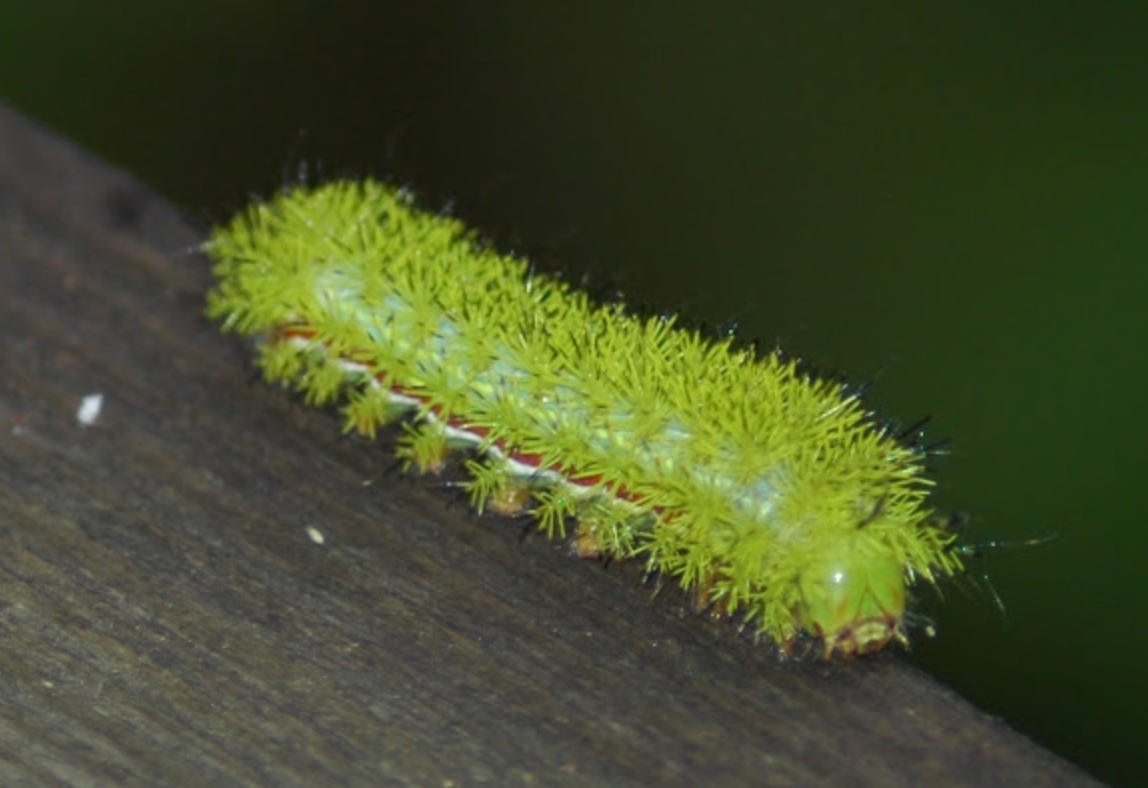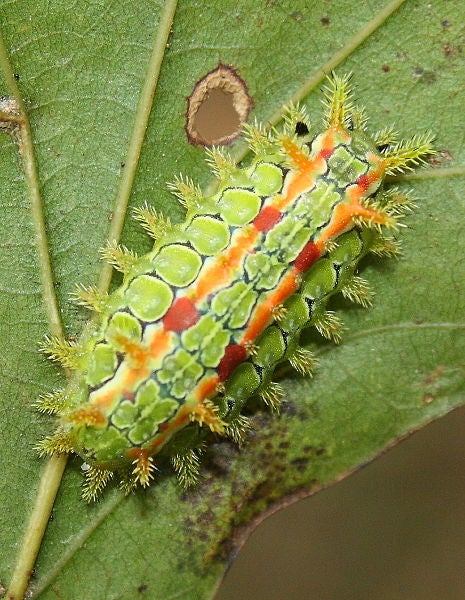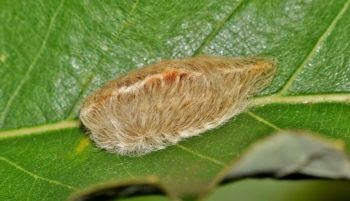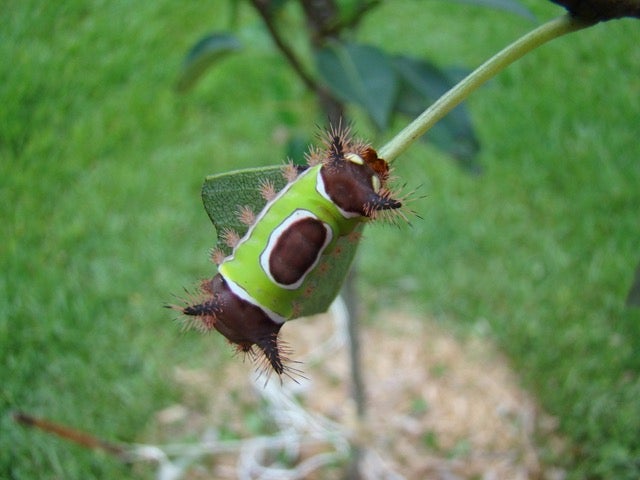Master Gardeners: Battling stinging caterpillars (AKA asps)
Published 12:07 am Saturday, June 20, 2020
|
Getting your Trinity Audio player ready...
|
Certified Texas Master Gardener, Orange County Master Gardeners
We all have heard of Asps, the fuzzy caterpillars that sting, right? Well, it is that time of the year when they are around. If you happen to get bit by one of these little monsters, be prepared for a painful sting resulting in a rash and/or other issues.
The Asp as we all have called it is actually the Southern Flannel Moth Caterpillar. It is a fuzzy looking caterpillar that looks to be soft (looks similar to a pussy willow) and children often are tempted to pick it up. The teardrop shaped caterpillars have spines attached to venom glands that will sting you.
If you are stung by one of them, you may immediately feel pain and have reddish colored spots where the spines entered the skin. Some people may not feel pain for a few minutes after being stung, while other experience intense throbbing or radiating pain immediately. Some may have only a slight discomfort and a red rash.
If you are stung, promptly wash the area with soap and water and apply an ice pack to help relieve the pain of the sting. Taking an oral antihistamine may also help relieve itching along with over-the-counter insect sting and bite relief products. Pain should lessen in about an hour.
Rare but possible symptoms after a sting could be nausea, vomiting, headaches, respiratory stress or shock. If you are concerned, seek medical advice or treatment, such as going to the ER immediately. Each person will react differently to a Tussock Moth Caterpillar sting. If by chance you get stung or the venom in your eyes, you must seek medical attention directly.
Stinging caterpillar habitat
You are more apt to see or come across the stinging caterpillar when they leave their host plant in search of a spot to pupate. They are known to drop from trees. Some common host trees are apple, basswood, cherry, dogwood, elm, maple, plum and the almighty oak. They have been found in corn crops too. These little buggers have been seen feeding on dwarf yaupon and other shrubs and they can have one to two generations per season.
Pest Management
First, avoid sitting under trees and wear long sleeves and long pants outdoors although this is not a guarantee of protection. (Yes, I know it is hot out there, but better to be safe than sorry.) If you happen to have large populations of stinging caterpillars and you feel the need to manage them, try Bacillus thuringiensis var. kurstaki (Btk). Only thing is this will kill the good caterpillars and other good insects too.
Best solution is to educate adults and kids on what these caterpillars are, what they look like and the importance of not touching them.
There are many varieties of the stinging caterpillar species. They include the buck moth caterpillar, spiny oak slug caterpillar, hickory tussock moth caterpillar, saddleback caterpillar, lo moth caterpillar, and the southern flannel moth caterpillar.
Our Master Gardener Hot-Line is now open Tuesday and Thursday’s 10 a.m. – 2 p.m. so call with your horticultural questions at 409 882-7010. If you are not able to call during these times you can reach us thru our website https://txmg.org/orange Contact or us on our Facebook Page – Orange County Texas Master Gardeners.


